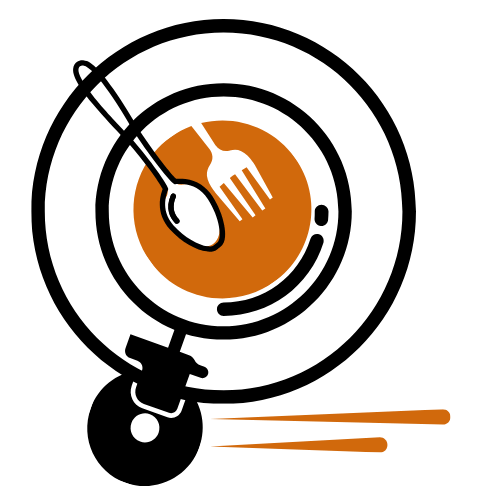Uncategorized
legumes
What are legumes?
Legumes are a type of vegetable. If you love beans or peas, you’ve probably eaten them before. But there are about 16,000 species grown all over the world of different sizes, shapes, colors, and textures.
You can eat green beans and peas in their pods fresh off the vine. With other species, the edible parts are the seeds — or beans — inside the pods. Pulses can be prepared in a variety of ways: canned, cooked, dried, frozen whole, ground into flour, or split.
Legumes come from the Fabaceae family, also called Fabaceae, which is a plant family. It’s hard to say where they started. All major cultures have grown some type of legume. In Asia, red adzuki beans are crushed into a paste to make sweets. Black beans are popular in Mexico and Brazil. And you’ll find white cannellini beans in many Italian dishes.
Some common legumes that are good for you include:
- Chickpeas, also called chickpea beans
- Peanuts
- Black beans
- Green Peas
- Beans
- Kidney beans
- black eyed peas
- Navy beans
- Great Northern Bean
- Pinto beans
- soybean
- lentil
- Legumes feeding
Legumes are full of health benefits. They are very low in fat, contain no cholesterol, and have about the same amount of calcium as a glass of milk. They also have:
- Lysine
- An essential amino acid
- Powerful antioxidants called polyphenols
- Resistant starch, which (along with the high fiber content) helps keep blood sugar levels low
- The health benefits of pulses
Studies show that legumes can:
Protection from type 2 diabetes
Improve blood sugar and lipid control for people with diabetes
Lowers blood pressure and cholesterol
Helps control weight
Reduce the risk of heart disease
Legume antinutrients
Legumes also contain compounds called antinutrients. These can block the way your body absorbs certain nutrients. You can combat this effect by limiting the amount of food you eat at one time and by eating plenty of different healthy foods each day. Legumes’ antinutrients include:
lectin. These can interfere with your absorption of calcium, iron, phosphorus and zinc.
Phytates (phytic acid). These can reduce the absorption of iron, zinc, magnesium and calcium.
tannins; These can reduce iron absorption.
saponins. These may also interfere with the way your body absorbs nutrients.
Preparing and storing legumes
Beans contain carbohydrates called galacto-oligosaccharides (GOS), which may cause gas.
You can get rid of most of them by soaking and rinsing dry beans before cooking them.
Rinse canned beans, too.
If you are trying it for the first time, start with small amounts to help your body get used to the high fiber.
The lectins in raw or undercooked beans can upset your stomach and cause nausea, diarrhea and bloating.
Since lectins are mostly found on the outside of legumes, you can remove them by cooking the legumes at a high temperature or soaking them in water for a few hours.
Dried legumes, with the exception of a few such as lentils and black-eyed peas, need to be soaked until they are ready to cook.
Store dried legumes in sturdy containers with airtight lids. Keep it out of sunlight in a cool dry place.
